Introduction
The Mughal Dynasty, which controlled India from the 16th to the 18th century, was founded by Babur. It is one of India’s longest-reigning dynasties was the Mughals. Except for a few regions in south India, they controlled most of the Indian subcontinent. One of India’s most powerful dynasties, the Mughals were the first to rule the nation on their own. Before the Mughals, all earlier dynasties originated outside of India and maintained their cultural allegiance to their nations. They governed for 200 years and seven generations, claiming India as their nation.
The Mughal emperors who governed India are as follows-
Babur

Babur (1526-30)
- Babur was the son of Umar Sheikh Mirza, the former ruler of Fergana, which is situated to the north of the Hindukush Mountain. He was only 12 years old when he ascended to power.
- Babur‘s Timurid lineage has led him to look toward India constantly. Punjab was important to him because Taimur formerly ruled there.
- He advanced deeper into northwest India, conquering Sialkot and Lahore.
- Babur was waiting for the ideal time to conquer the interior of India. To assault Ibrahim Lodi, he received an invitation from Dauat khan Lodi.
- Babur defeated Ibrahim Lodi in the pivotal battle of Panipat (1526) and took control of Delhi, and Agra.
- Babur imported gunpowder to India, which led to a new style of warfare.
- He defeated Afghans in Ghagara, Rajputs of Chanderi (1528), Rana Sanga at the Battle of Khandwa (1527), and Ibrahim Lodi in the Battle of Panipat (1526). (1529).
- Babur laid the foundation of the Mughal Empire in India.
For more help, you can Refer to Lesson 4 –The Mughal Empire in Social Studies Class 7. Checkout the video Lesson for a better understanding.
Humayun
Humayun (1530-40 & 1555-56)
- Humayun is the son of Babur, and he gained control post the demise of King Babur.
- He initially had a tough time due to the abrupt death of Babur.
- Also, the elderly Afghans were regaining their footing, and an Afghan soldier named Sher Shah Suri became the Mughal empire’s main enemy. Humayun had to deal with many challenges.
- During the battles of Chausa (1539) and Kannauj (1540), Humayun was defeated and hence, he had to depart for Iran after leaving Delhi.
- He gradually took over Lahore and Delhi after Sher Shah’s demise.
- He passed away in 1556.
Akbar
Akbar (1556-1605)
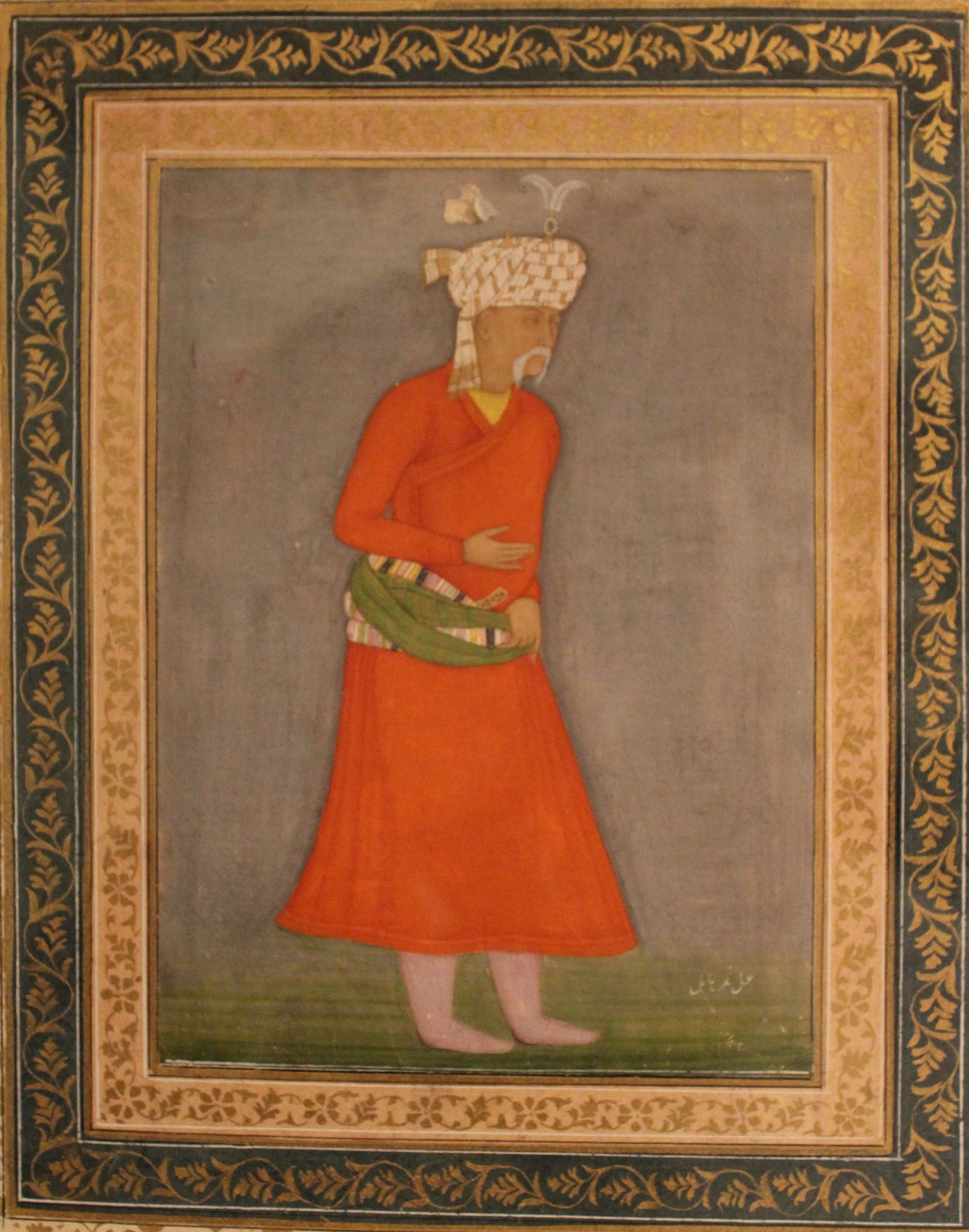
- Akbar was the son of King Humayun and under the leadership of Bairam Khan, Akbar ascended to the throne following the death of Humayun.
- He defeated Hemu at the Second Battle of Panipat in 1556 with the aid of Bairam Khan, regaining control of Delhi.
- In India, Akbar is regarded as the most significant and influential Mughal emperor.
- He implemented a policy of religious tolerance and used marriage as a diplomatic tool to solidify his connection with the Rajput kings. A Hindu princess was his bride.
- During Akbar’s reign, the Mughal empire grew rapidly. From 1556 to 1605, he ruled over the whole Indian subcontinent.
- Jizyah was dismissed, and Hindu rajas were assigned to positions of authority in his court.
- He founded an Order called Din-e-Ilahi that was based on the Muslim Sufi brotherhood and was open to everyone.
Jahangir
Jahangir (1605-27)
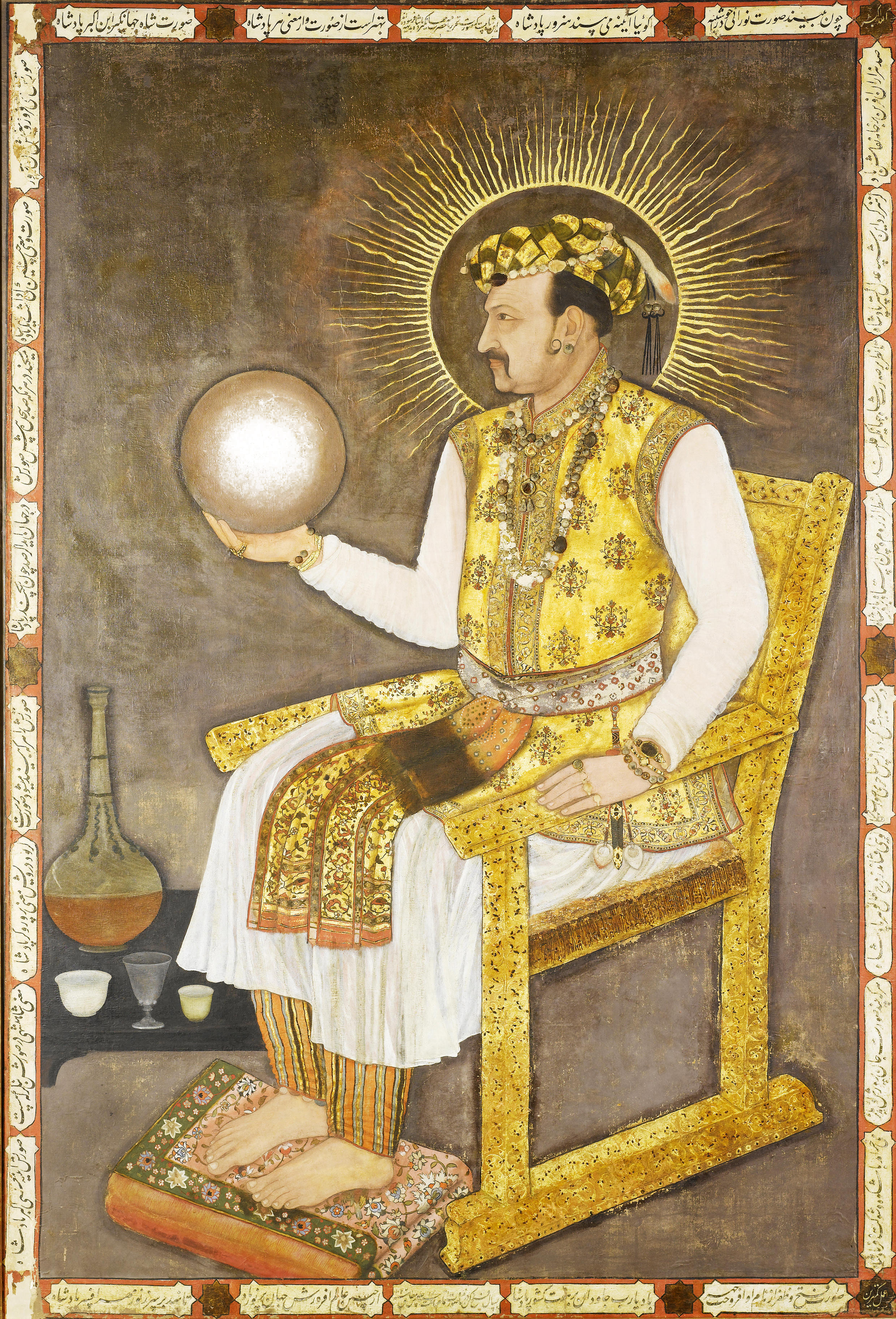
- Jahangir was King Akbar’s son who ascended to the throne in 1605, post the death of King Akbar.
- Because he was the son of a Rajput princess, he followed the policy of fostering stronger ties with Hindu emperors.
- His biggest accomplishment was seizing control of Mewar, which Akbar had previously been unable to do.
- The ruler of Mewar was Rana Amar Singh, and despite Jahangir’s three repeated assaults, he was unable to overthrow Rana.
- When a cease-fire was finally reached, Karan Singh, the son of Rana Amar Singh, visited Jahangir and was warmly welcomed by the emperor.
- He recovered his Mewar domains and made Karan sing a Mansabdar of 5000 ranks.
- In 1627, he passed away.
Shah Jahan
Shah Jahan (1627-58)
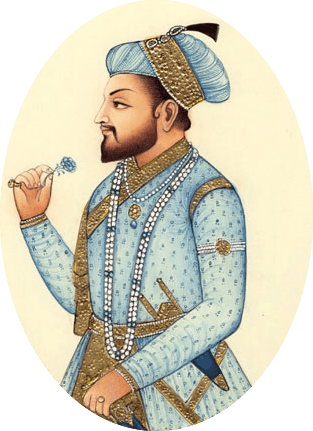
- Shah Jahan was the son of King Jehangir and in 1627, he was crowned emperor.
- He began expanding the Mughal sphere of influence in the south. He took control of Bijapur and Golkonda.
- Shah Jhan had a passion for architecture and constructed the Taj Mahal, Moti Masjid, Jami Masjid, and the Red Fort in Delhi.
- Paintings and literary works flourished during his era. In his court, he keeps a magnificent collection of jewels.
- He controlled the Mughal empire until his son Aurangzeb rose in rebellion and imprisoned him for the rest of his life in 1658.
- In jail, he passed away.
Aurangzeb
Aurangzeb (1658-1707)
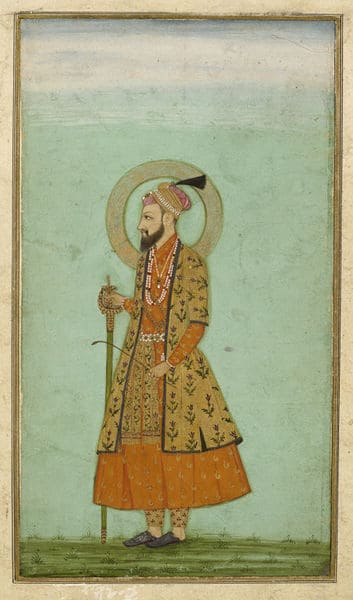
- He was one of Shah Jahan’s four sons. He imprisoned his father, the emperor, and had all of his brothers murdered. Furthermore, he ruled for a very long time (1658-1707).
- In 1663, he put an end to the Ahom uprising, which broke out again in 1680.
- He laid down severe policies, that were implemented against Sikhs and Hindus.
- Aurangzeb faced opposition from Shivaji and the Marathas.
- He murdered Guru Tegh Bahadur Singh in front of a throng as part of his extremely harsh attitude toward Sikhs.
- He was an orthodox king who once more began the Jizya and imposed high levies.
- After his death in 1707, the Mughal empire collapsed under the weight of his policies, which had brought his enemies together.
Mughal Tradition of Succession
- Compared to other dynasties, the Mughal tradition of succession was particularly unique.
- Primogeniture, the custom of selecting the firstborn son to succeed the parents as monarch, was not practised by the Mughals.
- The Mughals adhered to Timurid norms, which mention each son’s equal claim to the throne. Coparcenary inheritance is the term used.
- The Mughal dynasty’s violent power struggles were because of the equal claim of each son to the same throne. A new revolt sprang out whenever the emperor appeared frail or passed away, and princes began battling with one another for the throne.
- There were several plots and brutal fights during the Mughal succession.
- The emperor used to assign his sons the roles of governors and split his territories among them. The princes had duties to curb the rebellion and protect the empire.
- However, as the princes grew more powerful, they frequently revolted against the monarch and occasionally engaged in conflict among themselves.
Summary
India was made into a vast empire by the Mughals, and during their rule, there were numerous administrative and cultural changes. Hindu rajas were permitted to work in the Mughals’ intricate bureaucracy. The Mughals made their contemporary Rajput rajas into high officers known as Mansabdar and for the first time established a good relationship with them. Mansabdars were aristocrats with the authority to levy taxes.
Frequently Asked Questions:
1.Who was Todar Mal?
Ans: Todar Mal was the revenue officer in Akbar’s court and was highly regarded by the emperor. He was a truthful person.
2.What does the term Sulh-i-Kul mean?
Ans: The word, which means “global peace,” is Persian. This was begun by Akbar; it forbade discrimination based on religion. In Akbar’s view, justice applied to all people.
3.What modifications to the nature of warfare did Babur make?
Ans: Babur introduced gunpowder to India.


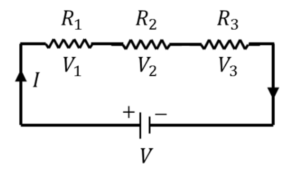
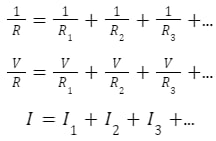
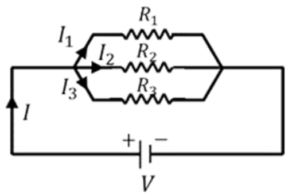 Summary
Summary